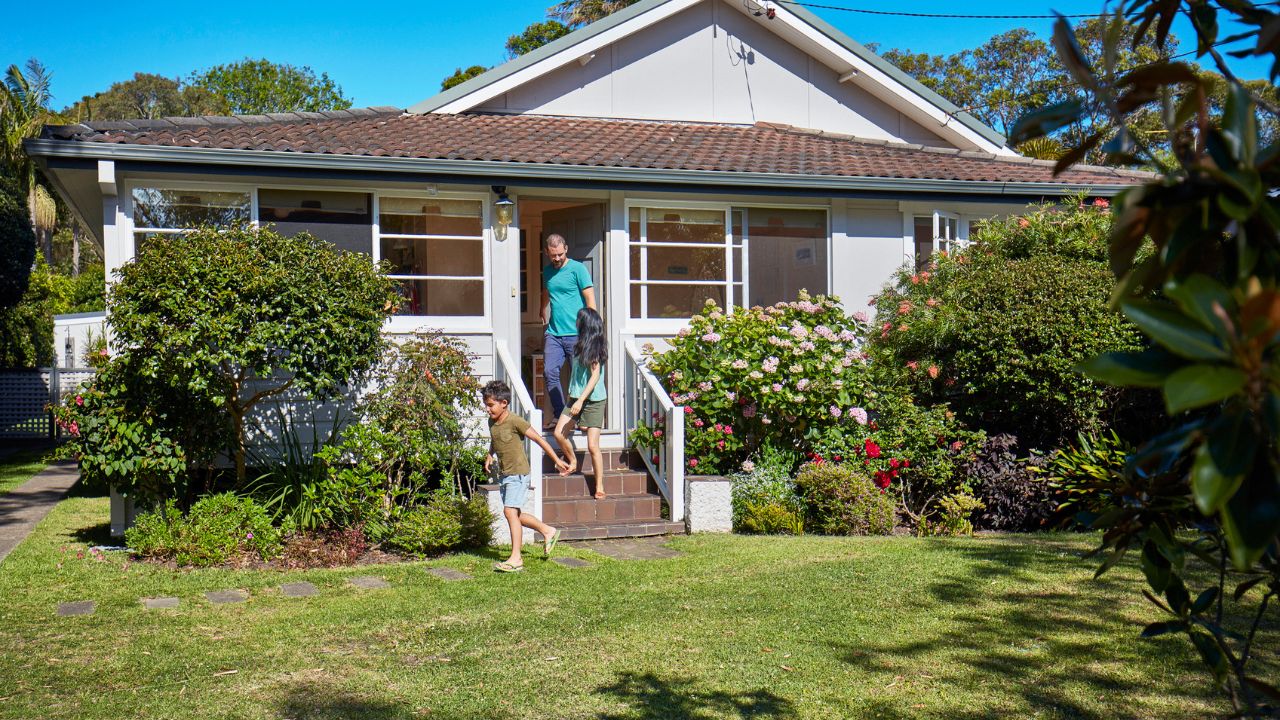According to new analysis from Cotality, which compared property values inside popular public high school catchments with comparable homes in the same suburbs just outside the zone, many popular school zones attract substantial housing premiums.
The largest price gap was observed in Sydney’s North Shore, where homes in the combined catchments of Killara High, Willoughby Girls and Lindfield Learning Village had a median value nearly $1.3 million (39.8 per cent) higher than similar homes outside the catchment.
Despite commanding higher prices, houses in this catchment recorded lower long-term growth of 126.0 per cent over 15 years, compared to 150.3 per cent in neighbouring areas outside the zone.
In Melbourne, homes in the catchments of Princes Hill and University High School commanded a premium of $357,000, though again with weaker capital growth than surrounding suburbs – 82.6 per cent compared to 106.3 per cent over 15 years.
Eliza Owen, Head of Research at Cotality, said the significant financial impact of these educational boundaries on housing markets.
“In some of the most in-demand school zones, families are paying hundreds of thousands – and in one case more than a million dollars – more for a house compared to similar houses outside the boundary,” Ms Owen said.
Of the nine school catchment clusters analysed across Sydney and Melbourne, seven had higher median house values compared to out-of-catchment homes.
However, six of these also recorded lower capital growth over the past 15 years.
This trend suggests that as affordability worsens in desirable school catchment areas, demand may spill over to outside zones, potentially leading to lower total capital growth within the catchments themselves.
Not all popular school zones command a premium, however.
Houses in the catchment of Cherrybrook Technology High School were $155,000 lower than outside the catchment in the same suburbs, while homes in the Doncaster Secondary College catchment were $48,000 lower.
“These premiums may reflect the value placed on getting into top public schools, but it could also reflect an array of other factors like proximity to train stations, or the high incomes of those living inside the catchment area,” Ms Owen said.
For many families, paying a housing premium for access to quality public education could represent significant long-term savings compared to private school fees.
According to Futurity Invest, the average cost of 13 years of private education in Australia was estimated at $349,000 in 2022, with considerably higher costs in Sydney and Melbourne.
Some leading Sydney private schools charge upwards of $46,000 annually, placing the cost of secondary education alone at around $276,000 per child.
Cotality Quantitative Analyst Irene Kang said there were potential financial benefits of this approach for families.
“For young families juggling tough decisions around housing and education, paying the premiums could be worthwhile,” Ms Kang said.
“After all, private schooling costs can be in the hundreds of thousands, while a good state school catchment could deliver decent returns from both a housing and educational perspective.”
Unlike school fees, which typically increase over time, mortgage repayments often decrease in real terms due to inflation, potentially making a one-off investment in location more cost-effective than recurring tuition payments.
“In six of the nine regions we analysed, the house price premium within public school zones was at least $100,000,” Ms Owen said.
“While that’s a significant upfront cost, it could end up saving families money when compared to paying for private schooling over many years.”

